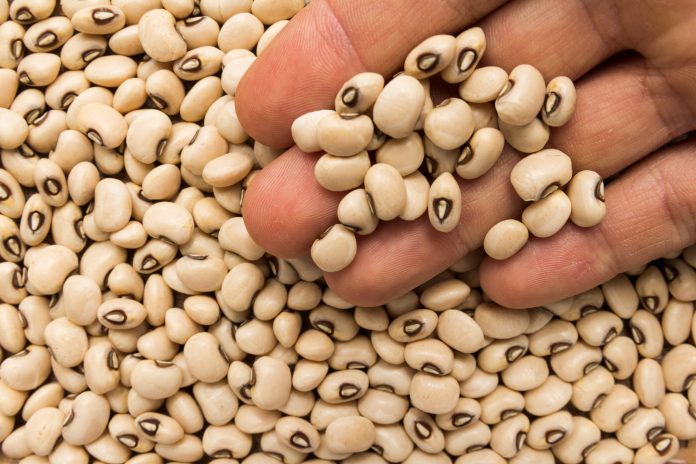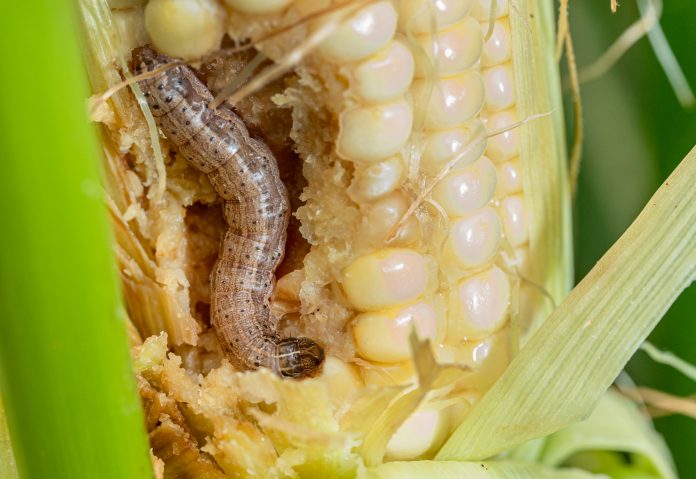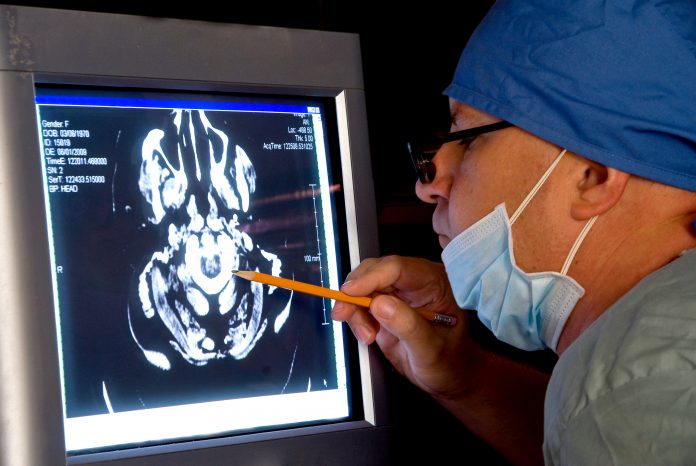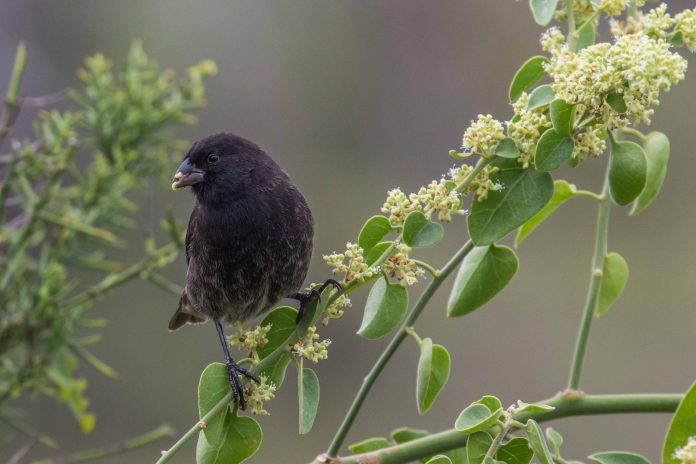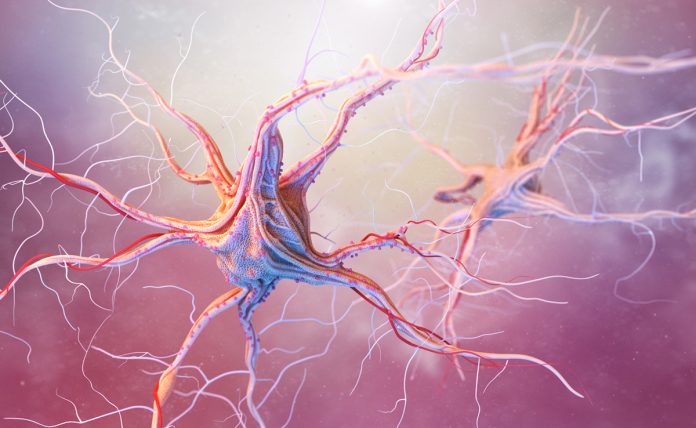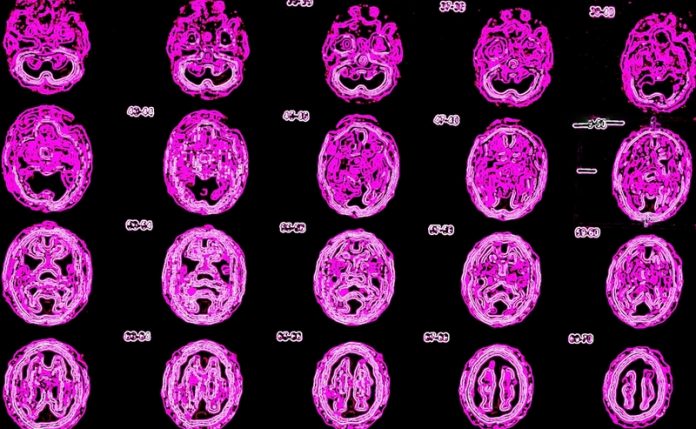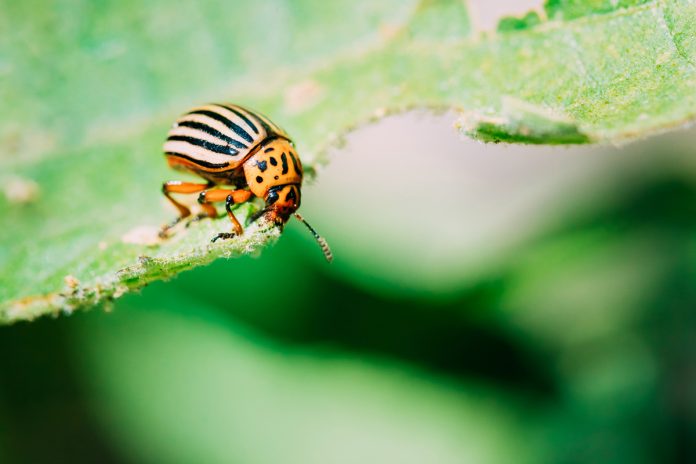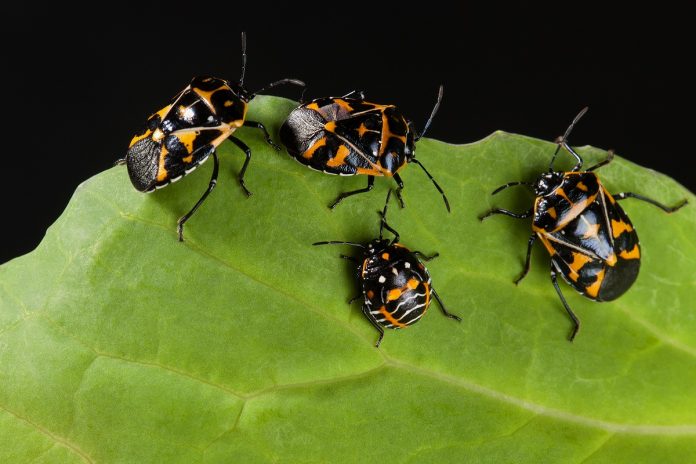Open Access Government produces compelling and informative news, publications, eBooks, and academic research articles for the public and private sector looking at health, diseases & conditions, workplace, research & innovation, digital transformation, government policy, environment, agriculture, energy, transport and more.
Home Search
invasive species - search results
If you're not happy with the results, please do another search
A biotech shield for cowpea against the major insect pests
Jose M. Barrero, Donald J. MacKenzie, Richard E. Goodman and T.J.V. Higgins provide an in-depth look at what we need to know about a biotech shield for cowpea against the major insect pests.
Transmission of Diarrheagenic E. coli by plants
Ann G. Matthysse, Professor of Biology from The University of North Carolina at Chapel Hill, shares her expertise on the transmission of Diarrheagenic E. coli by plants.
2021: African and Asian agriculture
In this African and Asian agriculture for 2021 focus, options for managing fall armyworm (Spodoptera frugiperda) in maize and sorghum are discussed by experts in the field Richard E. Goodman and Joseph E. Huesing.
The State of Nature report: “Illegal killing and hunting are biggest pressures”
At EU Green Week, biodiversity is high on the agenda as the The State of Nature report is set to be discussed by a panel of experts - but what did the data tell us?
Taking the edge off nitric oxide: The functional impact of myoglobin redox homeostasis
Professor Ulrich Flögel, Heinrich Heine University Düsseldorf, details to us how to reveal the functional impact of myoglobin redox homeostasis by cardiac magnetic resonance.
Evaluating and treating mild traumatic brain injury
Gregory H Hipskind MD PhD and Jody L Mittiga DNM NP from Brain Injury Consulting LLC, reveal their thoughts on evaluating and treating mild traumatic brain injury (mTBI), including the role of SPECT and photobiomodulation therapy.
Researchers find unusual behaviour in Galapagos finches
University of Cambridge researchers have found unusual behaviour in Galapagos finches, who are showing signs of fear despite losing their predators over ten years ago: Why?
Cardiovascular magnetic resonance imaging and spectroscopy
Cardiovascular magnetic resonance techniques can unveil metabolic alterations preceding anatomical and functional manifestations of diseases, the Department of Experimental Cardiovascular Imaging explains here.
Cardiovascular magnetic resonance imaging and spectroscopy in animal care
Professor Ulrich Flögel explores how magnetic resonance techniques can be used for basic research into animal care in this report.
Complexity of neurotrophin signalling in the nervous system
Momoko Takahashi, a Doctoral Student at Northwestern University, explains the complex research of neurotrophin signalling in the nervous system in this report.
Health research: Why can asthma still not be cured?
Prof Dr Michael Roth poses the big question about asthma and the lack of a cure, discussing the causes and medications used to help control it.
The environment: Clean water is life, health, food, leisure and energy
Hans Bruyninckx, Executive Director of the European Environment Agency (EEA) argues that clean water is life itself, but also our health, food, leisure and energy
Regenerative medicine to trump cancer
A group of academic experts from the U.S. and the UK share their views on effective regenerative medicine-based strategies against cancer
Transformative research on Cowpea: Innovative trap crop development and deployment
Louis E. N Jackai and Beatrice N. Dingha from the Department of Natural Resources and Environmental Design at North Carolina A&T State University discuss their transformative research on Cowpea for increased and sustained production and use in the USA
PET imaging of neurodegenerative diseases
Prof. Dr Axel Rominger from the Ludwig-Maximilian-University of Munich on how neurodegenerative diseases can be studied through PET imaging
Integrated pest management (IPM)
Professor of Entomology at Louisiana State University Agricultural Center, Timothy D. Schowalter outlines the fundamentals of IPM
Keeping pests under control requires ongoing research
Chris Bentley, Agricultural Research Service – U.S. Department of Agriculture, explains why research must continue to protect crops from pests and insects
Agriculture and climate change
Agriculture both contributes to, and is affected by climate change. The EU needs to reduce its greenhouse-gas emissions from agriculture and adapt its food-production system to cope. But, climate change is only one of many pressures on agriculture, The European Environment Agency explains further
Faced with growing global demand and...
Arthropods in Biological Control
Arthropods are characterised by the presence of an exoskeleton and articulated legs. The phylum Arthropoda includes more than 80% of the known species with many of these being important agricultural pests. Arthropods, such as insects and mites, inflict billions of dollars in damage worldwide every year. Tons of pesticides...

